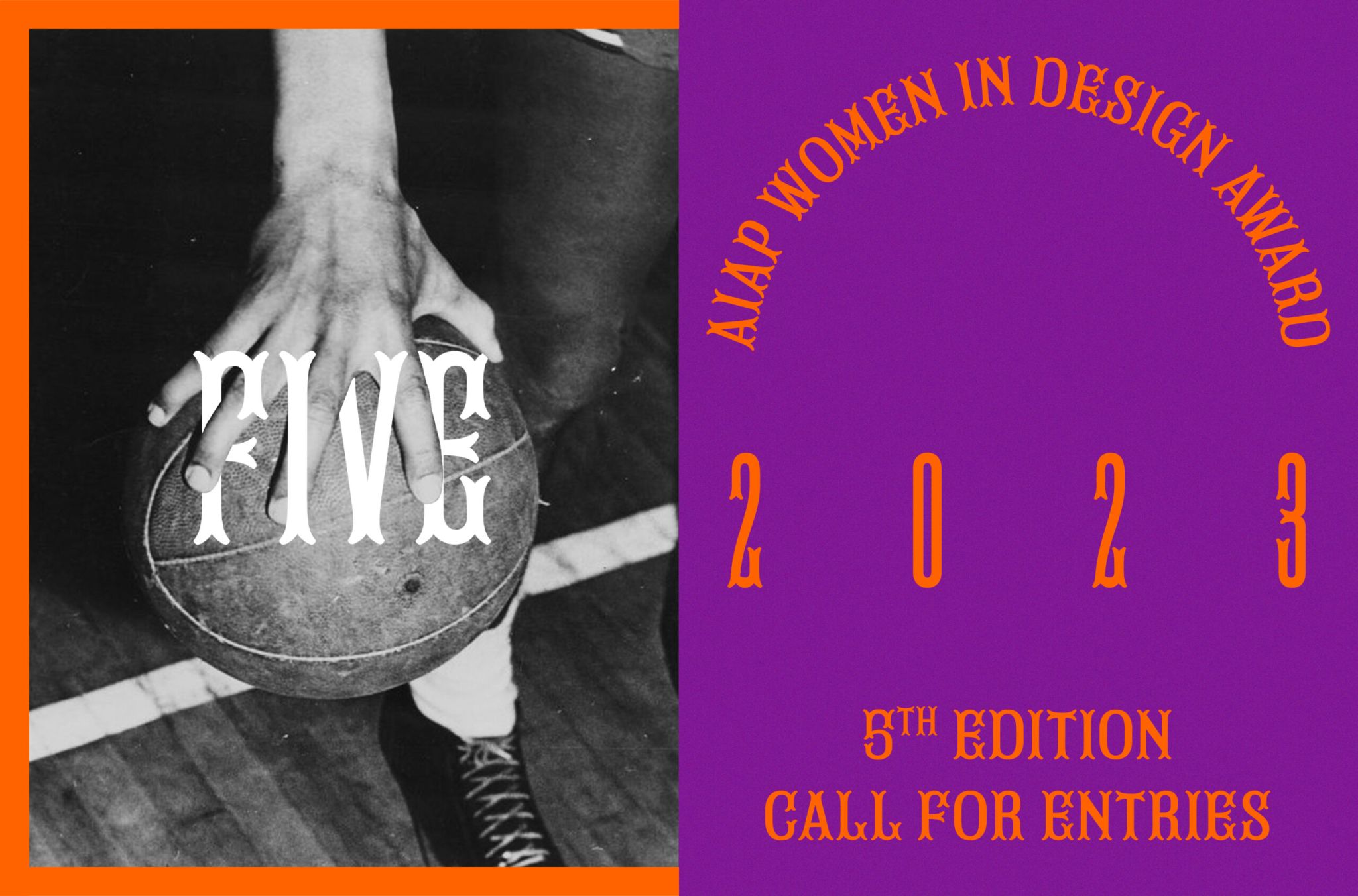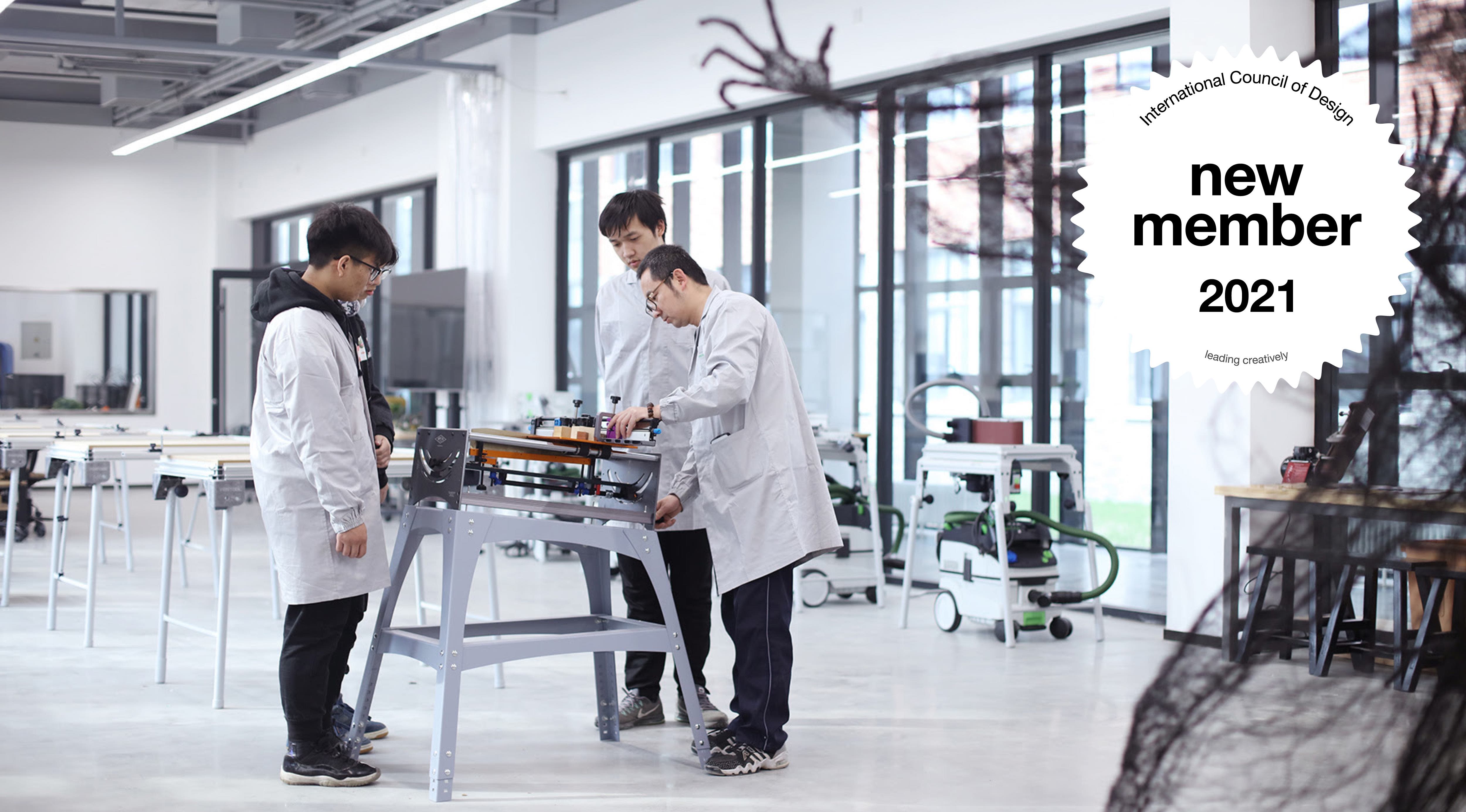DESIGN VICTORIA LAUNCHES WHAT IS ECO-DESIGN?

29.04.2009 News
Melbourne (Australia) - As we strive to achieve a sustainable and responsible world, two things are certain. The first is that the way we perceive, use, produce and dispose of what we consume is paramount. The second is that designers have a leading role in influencing change.
Design Victoria is sowing the seeds to sustainable design with What is Eco-design? - a practical, online How to Kit for industrial, graphic, fashion and textile designers. Developed by Design Victoria, What is Eco-design? was officially launched at DesignEX – D4S Design for Sustainability, Thursday 30 April 2009.
What is Eco-design? provides solid grounding in eco-design principles and practice, making it the ideal starting place for designers interested in exploring and practising environmentally sustainable design. Design Victoria engaged Centre for Design at RMIT University and consulted WSP Environmental and leading industry experts in the development of the kit.
"Eco-design delivers professional outcomes with a reduced impact on the environment. It considers and addresses potential environmental impacts throughout the design process, without compromising functionality, aesthetics, quality, reliability or unnecessarily increasing costs," said Michele Azzopardi, Director, Design Victoria.
What is Eco-design? inspires and empowers designers to work towards more sustainable design practices. It explores the potential impacts of design in the industrial, graphic, textile and fashion industries and ways designers can reduce these. With a focus on local content, it includes easy-to-implement tips and links to further information.
Designers make decisions throughout the design process that determine the impact the product will have on the environment throughout its life cycle. The graphic design industry draws on energy, water, paper, inks, solvents and packaging; fashion and textile designers use dyes, solvents, yarns, paper patterns and machinery in fashion and furnishing applications; the industrial design industry produces pollutants, greenhouse gas emissions and waste and uses water and energy through the extraction of natural resources, manufacturing and transportation.
"Informed designers demonstrate how the world can be a better place, and how it might be realised in practical terms," said John Gertsakis, Senior Sustainability Associate, WSP Environmental Pty Ltd. "Eco-design is the key to locking-in benign qualities such product longevity, while simultaneously locking-out negative product attributes such as toxins and carbon intensive materials."
Recent research* indicates that Victorian designers are very conscious of the need for sustainability benefits in designs and many are keen to incorporate such benefi ts. Eco-design can produce products that have obvious environmental benefi ts such as the 321 Water reusable water bottle designed by Charlwood Design to reduce the burden placed on the environment from the manufacture, recycling, distribution and disposal of PET-bottled water. However, eco-design can also produce products that have reduced impacts, not immediately noticeable such as the brand, product packaging and marketing collateral designed by Taylor & Grace for SomageÂ’s Organic Tea & Tisane range.
"While the idea of eco-design has been around since at least the 1960s, we now have the data, the experience and the overwhelming drive in the form of environmental considerations to make a change in the way we design everything from media to transport to electronic consumer goods to furniture," said Associate Professor Ralph Horne, Director, Centre for Design at RMIT University.
For more information, please contact:
Andrew Park
Manager, Marketing and Communications
Design Victoria
T: + 3 9925 4192
E: andrew.park@designvic.com
W: designvic.com/whatisecodesign
About Design Victoria
Design Victoria is a Victorian Government initiative to create a more locally and globally competitive design sector. Through a range of programs Design Victoria is empowering Victorian designers, design consultancies and in-house design teams with skills and knowledge to grow their business and better engage with diverse industry groups.
* Five Years On. VictoriaÂ’s Design Sector 2003-2008 report prepared
by Wallis Consulting Group for Design Victoria, December 2008
Design Victoria is sowing the seeds to sustainable design with What is Eco-design? - a practical, online How to Kit for industrial, graphic, fashion and textile designers. Developed by Design Victoria, What is Eco-design? was officially launched at DesignEX – D4S Design for Sustainability, Thursday 30 April 2009.
What is Eco-design? provides solid grounding in eco-design principles and practice, making it the ideal starting place for designers interested in exploring and practising environmentally sustainable design. Design Victoria engaged Centre for Design at RMIT University and consulted WSP Environmental and leading industry experts in the development of the kit.
"Eco-design delivers professional outcomes with a reduced impact on the environment. It considers and addresses potential environmental impacts throughout the design process, without compromising functionality, aesthetics, quality, reliability or unnecessarily increasing costs," said Michele Azzopardi, Director, Design Victoria.
What is Eco-design? inspires and empowers designers to work towards more sustainable design practices. It explores the potential impacts of design in the industrial, graphic, textile and fashion industries and ways designers can reduce these. With a focus on local content, it includes easy-to-implement tips and links to further information.
Designers make decisions throughout the design process that determine the impact the product will have on the environment throughout its life cycle. The graphic design industry draws on energy, water, paper, inks, solvents and packaging; fashion and textile designers use dyes, solvents, yarns, paper patterns and machinery in fashion and furnishing applications; the industrial design industry produces pollutants, greenhouse gas emissions and waste and uses water and energy through the extraction of natural resources, manufacturing and transportation.
"Informed designers demonstrate how the world can be a better place, and how it might be realised in practical terms," said John Gertsakis, Senior Sustainability Associate, WSP Environmental Pty Ltd. "Eco-design is the key to locking-in benign qualities such product longevity, while simultaneously locking-out negative product attributes such as toxins and carbon intensive materials."
Recent research* indicates that Victorian designers are very conscious of the need for sustainability benefits in designs and many are keen to incorporate such benefi ts. Eco-design can produce products that have obvious environmental benefi ts such as the 321 Water reusable water bottle designed by Charlwood Design to reduce the burden placed on the environment from the manufacture, recycling, distribution and disposal of PET-bottled water. However, eco-design can also produce products that have reduced impacts, not immediately noticeable such as the brand, product packaging and marketing collateral designed by Taylor & Grace for SomageÂ’s Organic Tea & Tisane range.
"While the idea of eco-design has been around since at least the 1960s, we now have the data, the experience and the overwhelming drive in the form of environmental considerations to make a change in the way we design everything from media to transport to electronic consumer goods to furniture," said Associate Professor Ralph Horne, Director, Centre for Design at RMIT University.
For more information, please contact:
Andrew Park
Manager, Marketing and Communications
Design Victoria
T: + 3 9925 4192
E: andrew.park@designvic.com
W: designvic.com/whatisecodesign
About Design Victoria
Design Victoria is a Victorian Government initiative to create a more locally and globally competitive design sector. Through a range of programs Design Victoria is empowering Victorian designers, design consultancies and in-house design teams with skills and knowledge to grow their business and better engage with diverse industry groups.
* Five Years On. VictoriaÂ’s Design Sector 2003-2008 report prepared
by Wallis Consulting Group for Design Victoria, December 2008
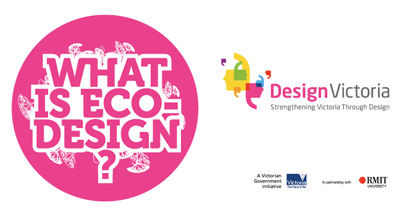
relatedarticles
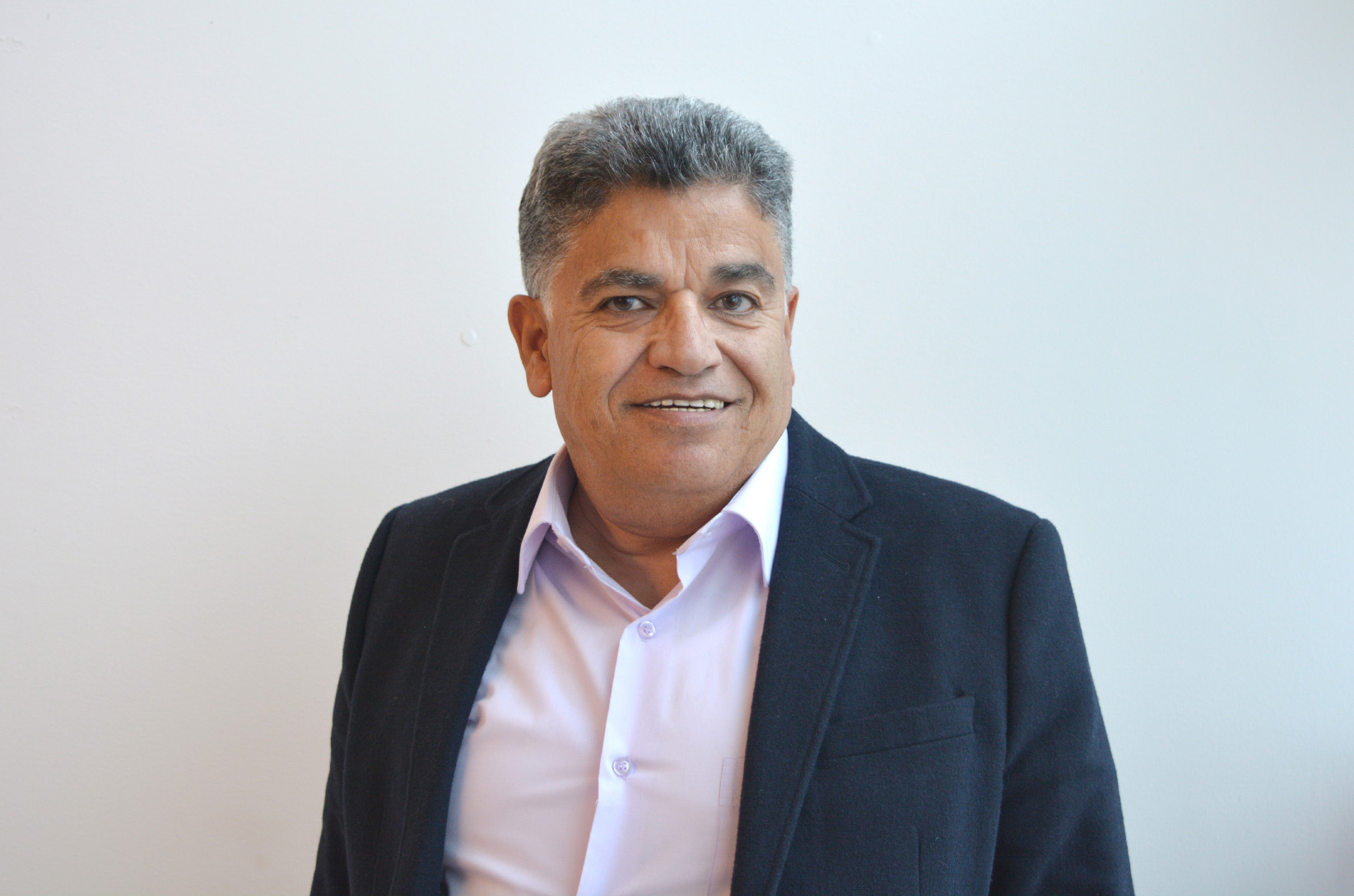
04.05.2021 News
in memoriam: essam abu awad (1958-2021)
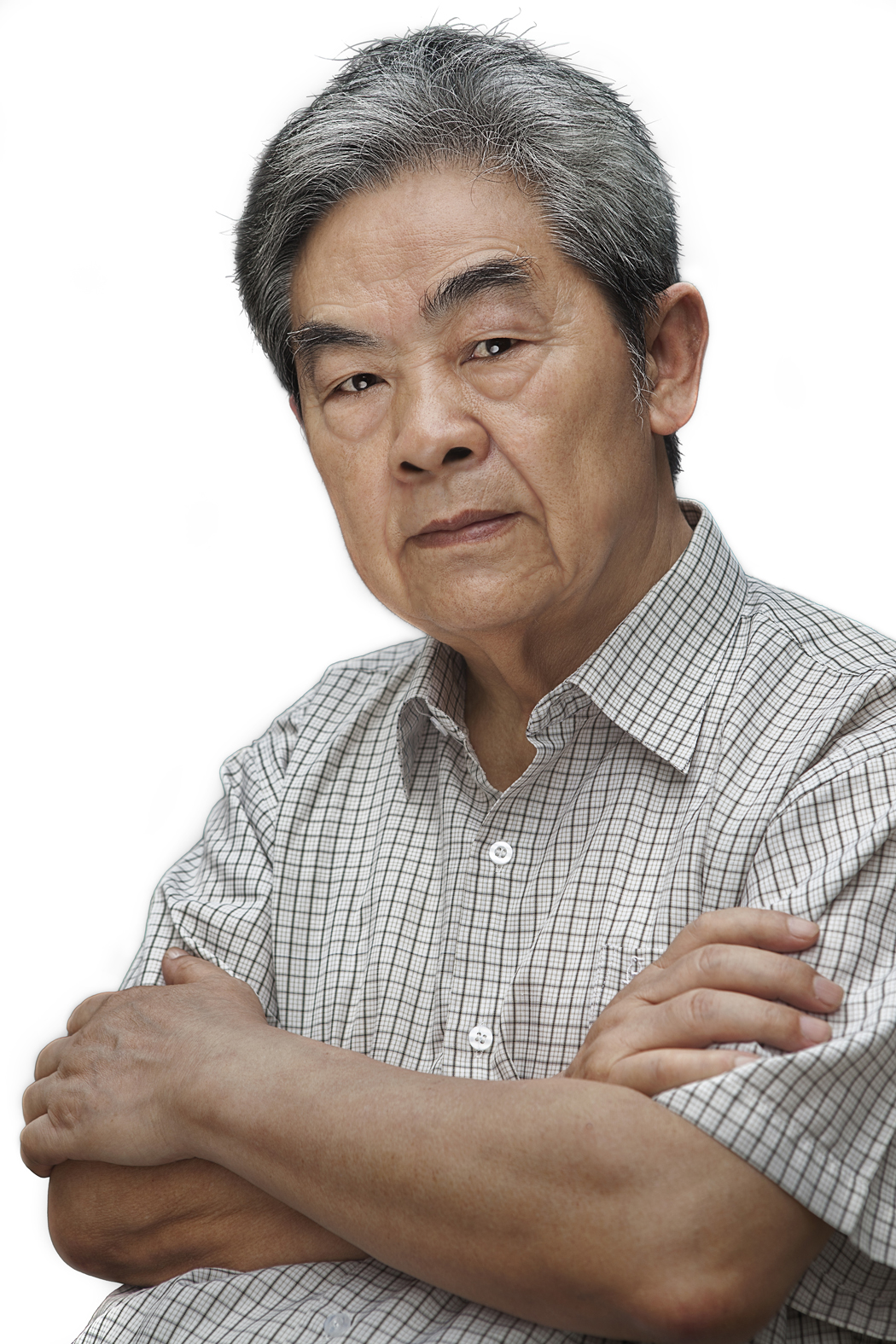
10.16.2020 News
in memoriam: yu bingnan (1933–2020)
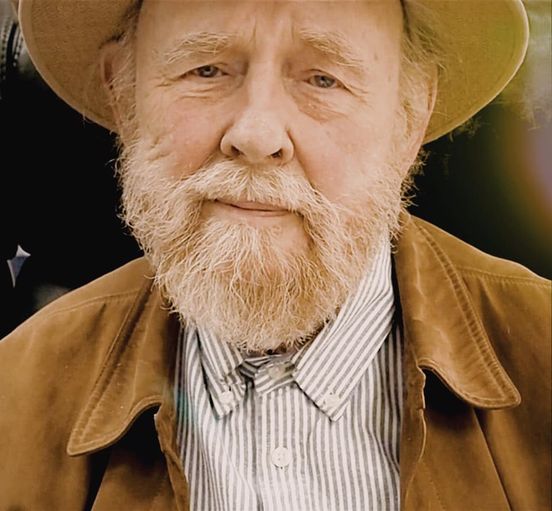
10.02.2020 News
